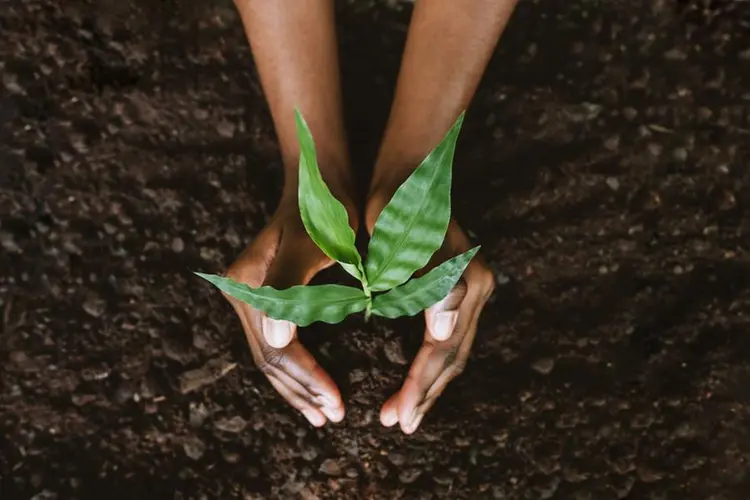
Measuring Africa’s Green Wealth: Unlocking Natural Capital for Economic Growth
By Edson Baraukwa | Africa Guardian
Africa holds some of the world’s most significant natural capital reserves, including 40% of global clean energy potential, 65% of uncultivated arable land, 25% of biodiversity, and 20% of tropical rainforests. Despite this abundance, Africa’s natural wealth is undervalued in global economic metrics.
I commend H.E. President Sassou Nguesso of the Republic of Congo and President William Ruto of Kenya for their leadership in advancing the agenda to properly value Africa’s natural resources through a Green Gross Domestic Product (Green GDP) framework.
The Untapped Potential of Africa’s Natural Capital
The Congo Basin, the world’s second-largest carbon sink, spans 314 million hectares of primary forest and stores 29 billion tons of carbon—equal to three years of global greenhouse gas emissions. This region also absorbs 1.5 billion tons of carbon dioxide annually. Africa’s forests, in total, account for 26% of global forest-based carbon sequestration.
In addition to its renewable resources, Africa possesses 50% of the world’s cobalt reserves, 40% of manganese reserves, and over 80% of platinum reserves, alongside rich deposits of nickel, copper, and rare earth minerals essential for the global green energy transition. Africa’s renewable energy potential includes nearly unlimited solar capacity (10 TW), hydro (350 GW), wind (110 GW), and geothermal (15 GW).
A Green Paradox: Endowed but Undervalued
In 2018, Africa’s GDP was estimated at $2.5 trillion—just a fraction of its natural capital’s estimated value of $6.2 trillion. This disconnect renders the continent “green endowed but cash poor.” The African Development Bank (AfDB) estimates that Africa’s nominal GDP for 2022 could have increased by $66.1 billion with proper carbon sequestration valuation, surpassing the combined GDP of 42 African countries.
Addressing the “Carbon Grab”
Africa’s undervalued carbon sinks have led to a wave of land deals for carbon credits, often at exploitative rates. While European carbon prices can exceed $200 per ton, Africa’s prices range from $3 to $10 per ton. This “carbon grab” undermines Africa’s economic sovereignty and national contributions to climate goals, devalues green GDP, and weakens its position in global carbon markets.
Path to Economic and Environmental Sustainability
Properly valuing Africa’s natural capital can unlock massive financial resources, improve credit ratings, and enhance debt sustainability. Incorporating green GDP into national metrics will spur investments, support debt servicing, and create policies to foster sustainable economic growth.
The African Development Bank has released a report, Measuring the Green Wealth of Nations: Natural Capital and Economic Productivity in Africa, which outlines actionable steps to integrate natural capital into GDP metrics. This is a pivotal moment for Africa to become both green-rich and cash-rich.
A Call to Action
It is time to properly measure Africa’s green wealth and include its natural capital in GDP calculations. By doing so, Africa can transform its vast environmental assets into tangible wealth, ensuring sustainable development for future generations.
The African Development Bank stands ready to support this transformative journey. Together, we can redefine Africa’s wealth and secure its green future.
___
